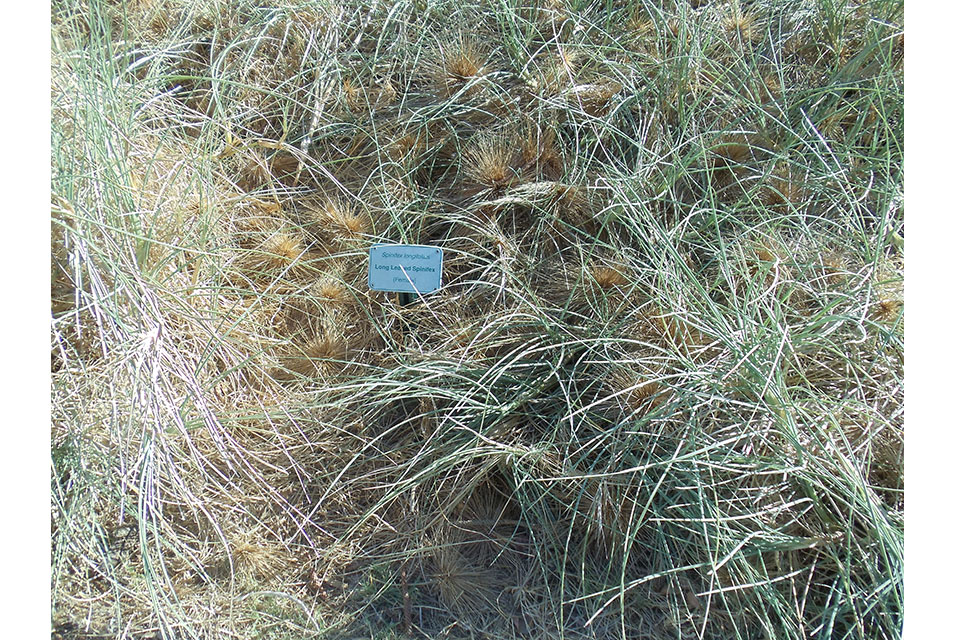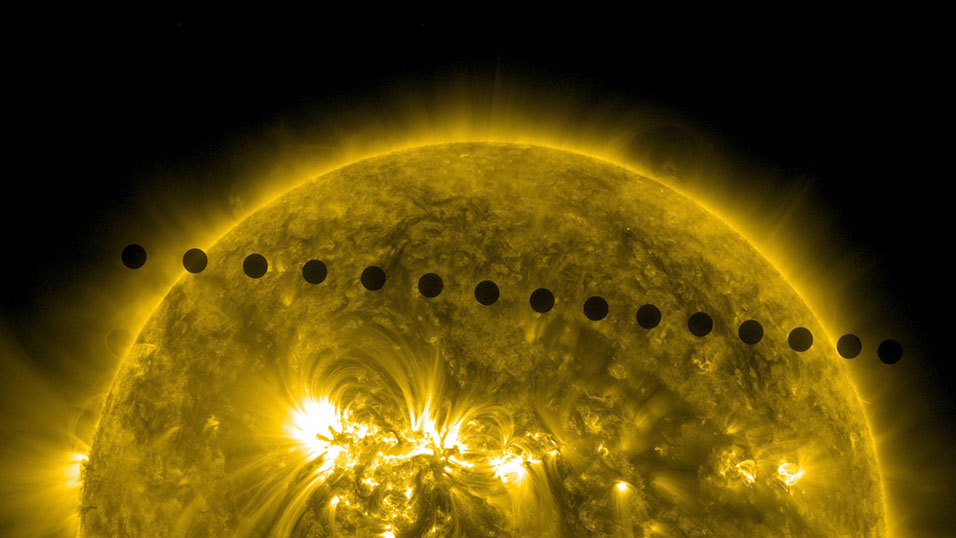SYDNEY.- Anyone who has visited the Australian outback would be familiar with spinifex grasses, which cover almost a fifth of our continent.
Like many scientists, they may have also wondered why this iconic arid grass grows in striking ring shapes.
Previous studies have tested whether spinifex rings could be caused by termites, water availability or nutrient depletion, but none has provided a convincing explanation.
Now scientists from
UNSW Sydney have found that pathogenic soil microbes play a role in how the spinifex got its hole.
Their study, the first of its kind in an arid ecosystem, has been published in the Australian Journal of Botany.
Professor Angela Moles and Neil Ross from UNSW Science's Evolution & Ecology Research Centre tested the idea that an accumulation of pathogenic soil microbes might impede seedling emergence and subsequent growth in the centre of spinifex rings.
They collected soil from inside and outside naturally occurring spinifex rings and compared plants grown in soil with live microbes to plants grown in sterilised soil.
“Consistent with our hypothesis, we found that sterilising soil from the inside of spinifex rings significantly increased spinifex seedling emergence,” Prof. Moles said.
“We also found that seedings had significantly higher seedling emergence in unsterilised soil from outside the rings than in unsterilised soil from inside the rings.”
Their results suggest that die-back in the centre of spinifex plants might be explained by older parts of the plant succumbing to a build-up of pathogenic soil microbes through time, whereas new seedlings tend to establish more at the outside edge of the rings where there are fewer pathogens in the soil.
“Most people tend to think of the beneficial effects of microbes on plant growth,” co-author and director of the Evolution & Ecology Research Centre, Professor Angela Moles, said.
“However, sterilising soil actually makes most plants grow better. That is, the negative effects of the pathogenic microbes tend to outweigh the positive effects of the beneficial microbes.
“Overall, these results suggest that soil pathogens are quietly shaping the way the plants around us grow.”
Prof. Moles said this new information helps scientists further understand the unique ecology of Australia’s arid grasslands, and adds to the growing recognition of the crucial function that soil microbes play in terrestrial ecosystem processes worldwide.
The scientists have recommended further study to identify the types of soil microbes involved in the establishment of arid-zone plants, as well as the different types of microbes that are most important for seedlings at different times or under different germination conditions.










